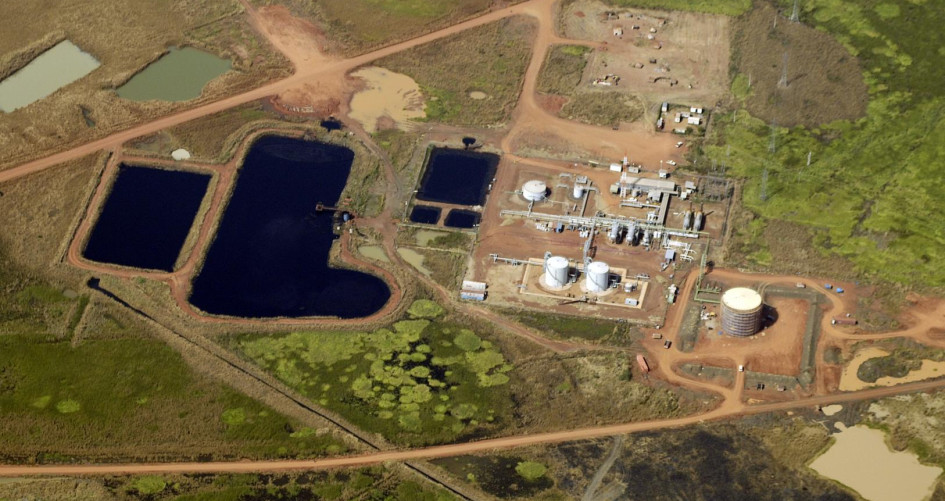According to a recent study by NASA, the oil and gas industry is largely responsible for the global rise in emissions of methane, a powerful greenhouse gas.
These emissions of methane (CH4), have increased by about 25 teragrams per year since 2006. A teragram is a unit of mass equal to one trillion grams.
The findings underscore the need for the world to rapidly transition to renewable sources of energy, notably wind and solar power, in order to achieve the central goal of the Paris Climate Change Agreement, which is to limit the global average temperature rise to well below 2 degrees Celsius.
A team of scientists from NASA's Jet Propulsion Laboratory led by John Worden concludes that the exploitation and transport of fossil fuels – so oil, coal, and natural gas - has largely contributed to the release of fossil methane present in the world’s subsoil.
When an oil well is being exploited, the gas is inevitably released at the same time as the oil that is being pumped.
To lesser extent, methane, a combustible gas present in underground natural gas reservoirs, is emitted. These sources of emissions, harmful for the climate, have until now been underestimated.
There are also natural sources of methane - from wetlands, swamps, mangroves, or tidal pools of Arctic permafrost and from geological sources that release fossil methane trapped in the subsoil.
Other sources are agriculture and waste processing, as well as the digestion of ruminants, the fermentation of manure or the cultivation of rice based on the flooding plots.
So how did the NASA team find evidence of rising methane emissions from oil and gas exploration? The reduction in the world's area burned between 2006 and 2014 resulted in a reduction in methane emissions well above that predicted by scientists. Thus, fire-related methane pollution has dropped twice as much as previously thought, according to the study published in Nature Communications.
Combining isotopic evidence from ground surface measurements with the newly calculated fire emissions, the NASA team showed that about 17 teragrams per year of the increase is due to fossil fuels, another 12 is from wetlands or rice farming, while fires are decreasing by about 4 teragrams per year. The three numbers combine to 25 teragrams a year -- the same as the observed increase.
Worden and his team have applied new ground-based satellite data analysis to more accurately identify all methane exchanges.
The findings underscore the need for the world to rapidly transition to renewable sources of energy, notably wind and solar power, in order to achieve the central goal of the Paris Climate Change Agreement, which is to limit the global average temperature rise to well below 2 degrees Celsius.
See the relevant NASA press release
